| We finally left
Omaha/Council Bluffs, heading west towards the Iowa state capital, Lincoln.
Along the way we stopped off at the Strategic Air Command Air & Space
museum. | 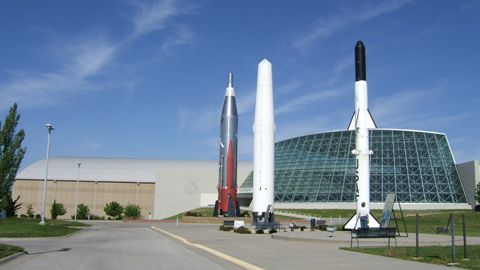 |
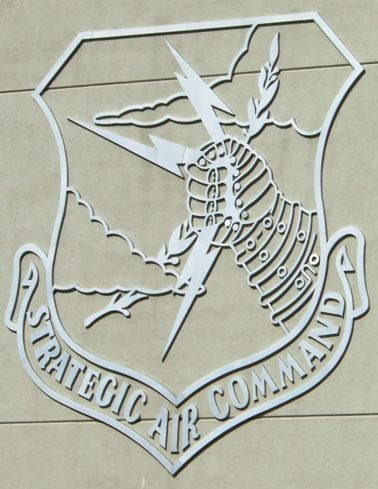 |
This used to be based at Offutt air force base just south of Omaha but it
moved a few years ago to a purpose built building; the SAC was stood down
after the cold war. It used to be responsible for all the nuclear attack
planes and missiles. Examples of some of the missiles which once had more
peaceful purposes stand outside the museum. |
| That huge curved glass
front was designed specifically to house its prime exhibit, the SR71
'Blackbird' aircraft, the fastest service plane used as a spy plane. It flew
at over mach 3 and the edges used to glow with the friction of the air. I
think all of these planes must now be in museums since we have seen several. | 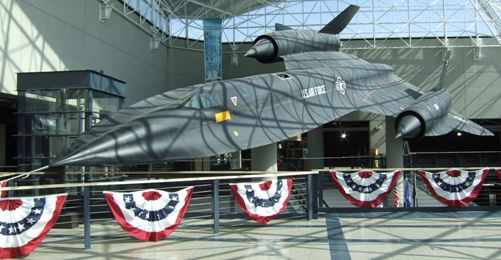 |
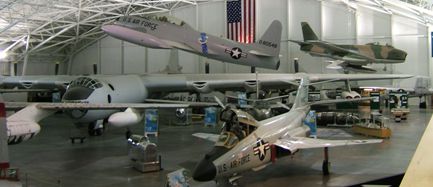 |
The planes in the collection have mostly seen service with SAC and so are
attack aircraft ranging from huge bombers to tiny trainers. They are all
well presented and each has a large notice board telling you about the
aircraft type, and the history of that specific plane. |
| Several planes are
suspended above. One is the U2 spy plane which flew very high and
surprisingly was capable of flying quite slowly, which is why the Russians
managed to shoot one down. The SR71 replaced it, by flying so fast they
couldn't shoot it down. 57 U2s were built and saw service from 1957-92. They
could fly for over 3000 miles at a height of 85,000 feet. | 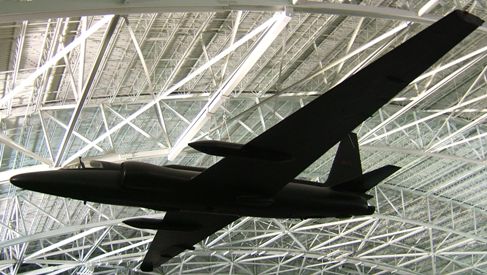 |
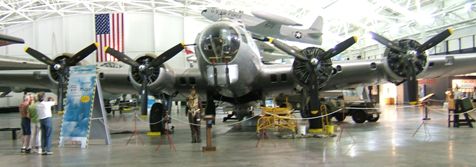 |
The display starts with some of the wartime bombers like the four-engined
B17 'Flying Fortress' which saw service from 1940 through to 1959, when this
one was retired. Over 12,000 were built by Boeing. |
| Another aircraft which
has seen much active service is the F4 'Phantom' which was much used in
Vietnam and was a primary fighter bomber from 1958 to 1996. Over 5000 were
built by McDonnell Douglas. | 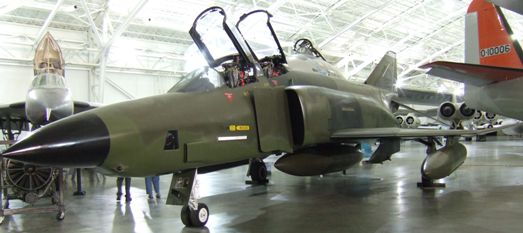 |
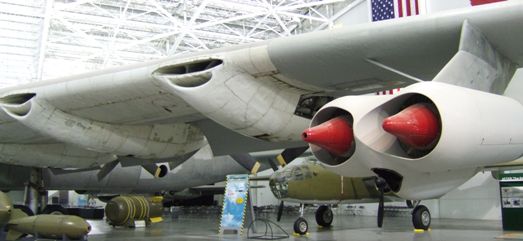 |
Rather stranger is this immediately post war strategic bomber designed to
carry nuclear weapons from the US to the then target, Russia. Nearly 400
Convair B36 'Peacemakers' were built between 1948 and 1950, but they had all
been scrapped by 1959. They have six backward facing propellors and four
jets for take-off assistance. It is the largest piston engined combat
aircraft ever produced. |
| It had a range of 6000
miles and a potential payload of 72,000lbs. It was replaced by the all jet
Boeing B52 StratoFortress. For its brief life there was no other plane which
could fly so far or so high, or carry the hydrogen bombs which were then so
large.
It was unique in being the only bomber never to have dropped a bomb or
fired a gun in anger. | 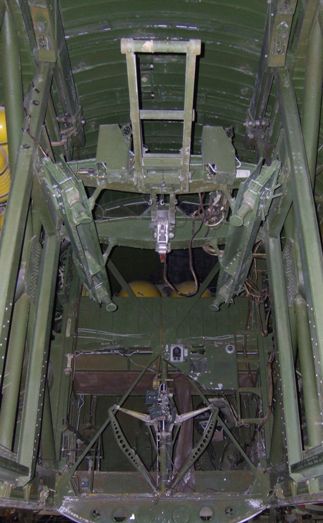 |
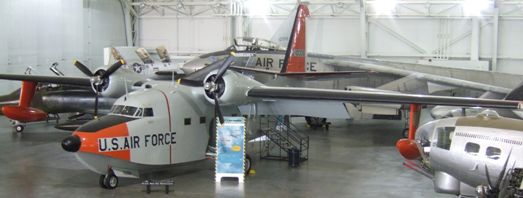 |
The HU16B Grumman Albatross was an air-sea rescue plane which saw extensive
service throughout the world. It first flew in 1947 and wasn't phased out of
USAF service until 1973. 55 were transferred to the coastguard and are still
flying today. Over 300 were built. |
| This is a model of a B52
StratoFortress being prepared for action. There are some excellent models of
aircraft on display. This was the US main strategic nuclear bomber for many
years and was only recently replaced by the B1. | 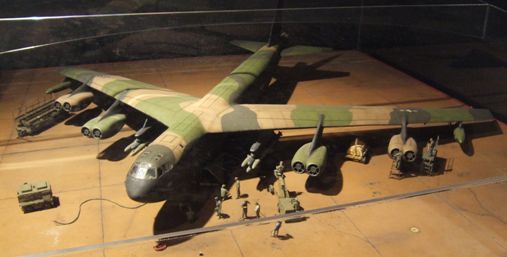 |
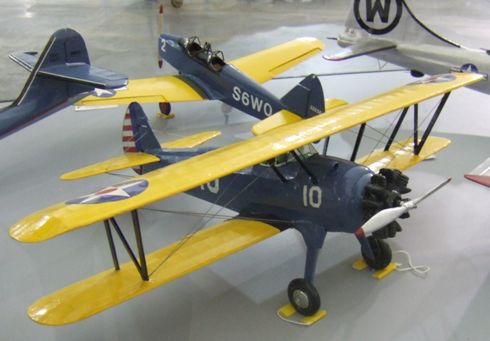 |
More of the models on display. Aircraft like these would have been used for
early training and aerobatic display. |
| I think this distinctive
model is of a Lockheed P38 'Lightning' which was a US service stalwart of
the second world war. | 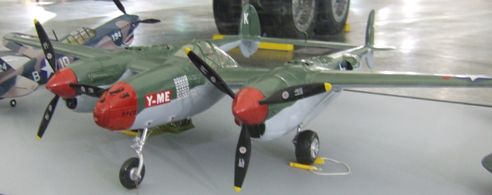 |
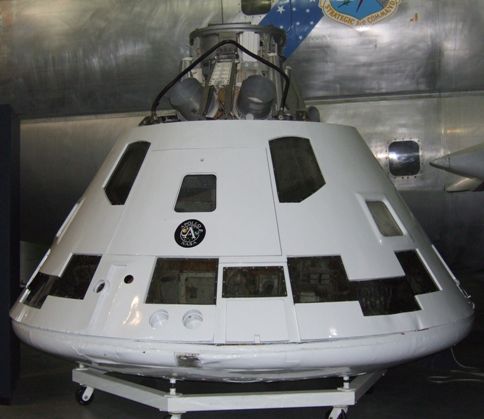 |
It is also a space museum. There had been a major space exhibit until the
day before we arrived. Most of it was being dismantled for moving to another
museum so most of the space items were not on show. This is an Apollo 9
command module. |
| An unusual exhibit in
this museum is a plane which was Britain's strategic nuclear bomber, the
unmistakeable Avro Vulcan. Technically this huge bomber was ahead of its
time and since it was not produced in huge numbers like the US equivalents,
the museum is very pleased to have one on show. This is one of three in the
US. | 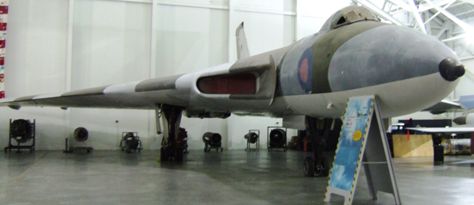 |
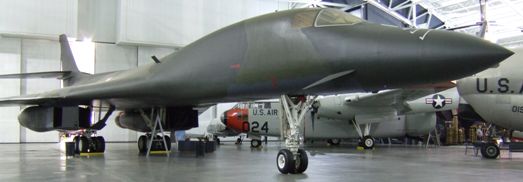 |
This is an up to date bomber - if that now has any meaning. This is a B1
which was the replacement for the B52s but has now largely been stood down
after the end of the cold war. |
| The Fairchild C119
transport aircraft was of interest to us because we had spent the previous
evening talking to a retired air force electronics engineer who had flown in
these and DC3 Dakotas (also on display). It was known as the 'flying
boxcar'. | 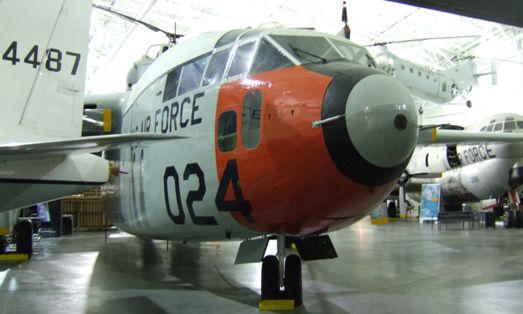 |
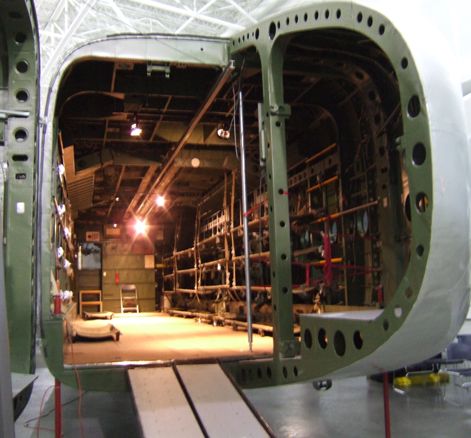 |
When you go to the back and stand under the twin booms you cn see why. It
was in service from 1948 to 1970. Over 1100 were built by Fairchild in
Hagerstown in Maryland. It could carry 62 troops or 30,000lb of equipment. |
| Several engines, both
piston and jet, are on display. This is a Curtiss-Wright 'Cyclone' 18 which
powered several post war aircraft including the C119. It produced 3750hp.
I particularly liked two of the jet engines on display. One used under
1000lb of fuel per hour and the other over 8000lb. A pair of the latter
powered the SR71 'Blackbird' at speeds of mach 3. | 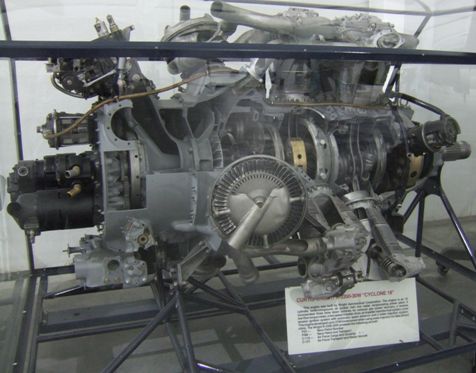 |
|